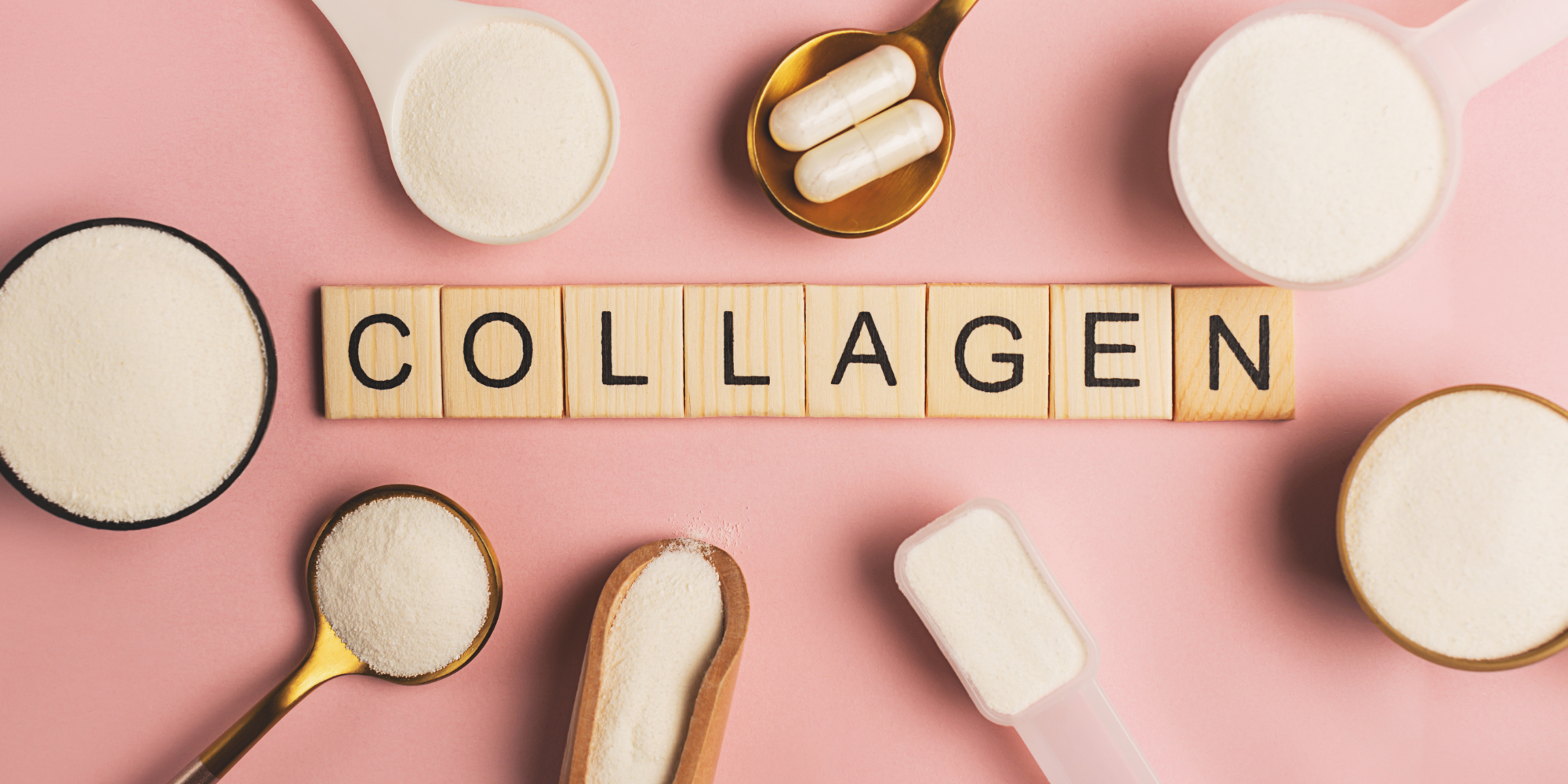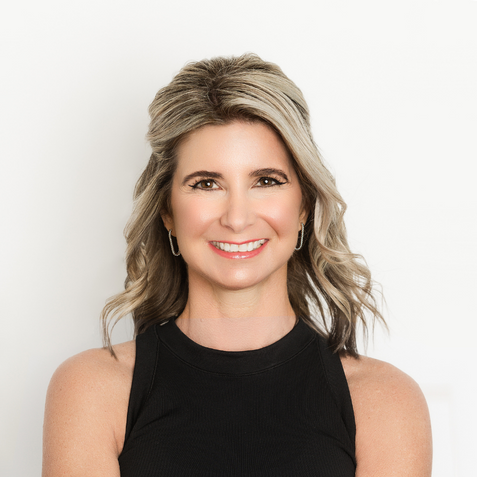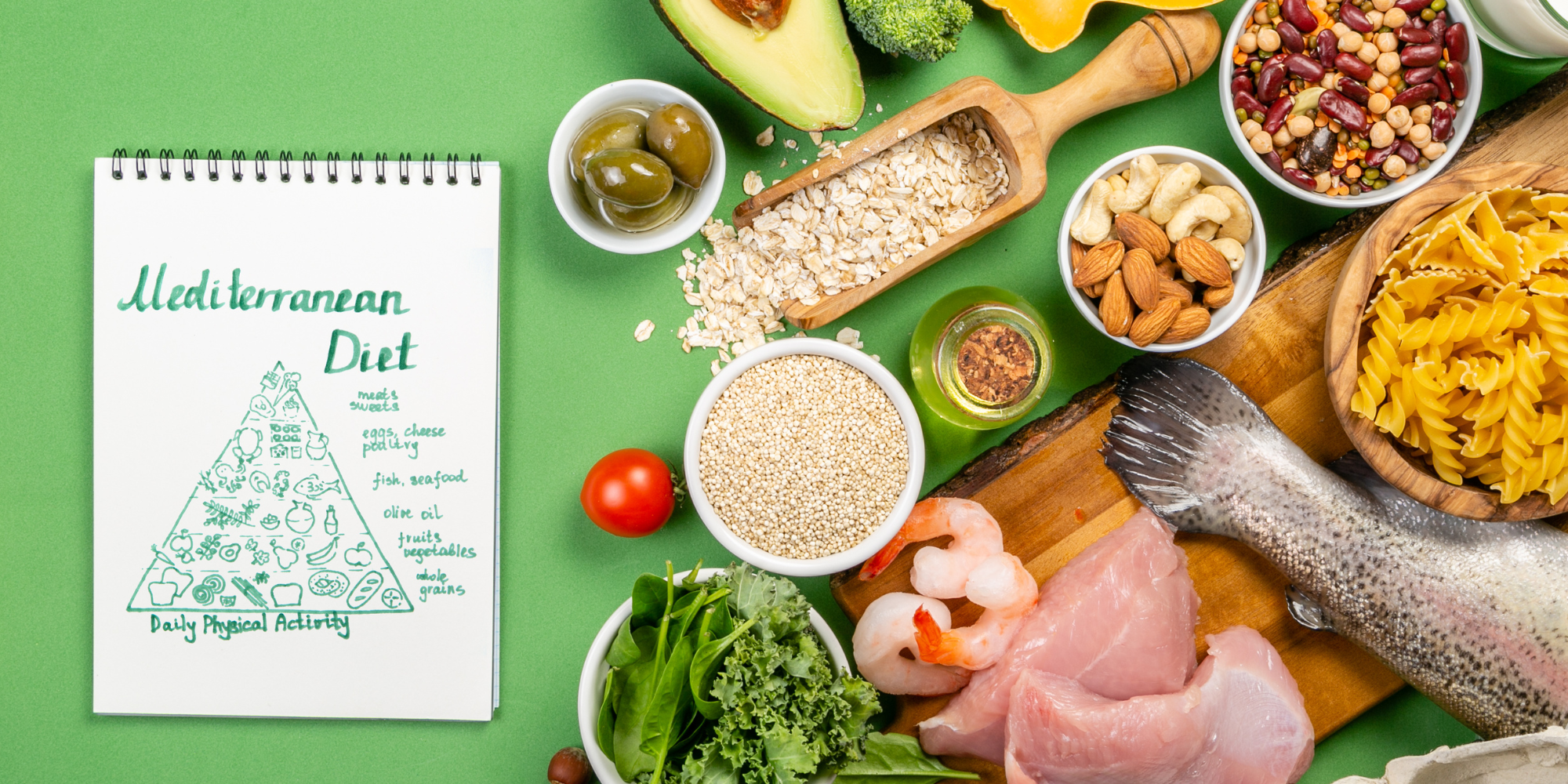Marketing ads for collagen – in creams, serums, pills, powders, protein bars, gummies – are everywhere. Who doesn’t want more youthful skin, hair, and nails, even better, joint and digestive health? These beauty supplements are endorsed by celebrities like Jennifer Aniston, Kourtney Kardashian, and Kate Hudson. These are all beautiful and successful women, so they must work, right?
Let’s investigate.
In the human body, collagen is the most abundant protein. It accounts for approximately 30% of our body’s protein and is found in our skin, hair, muscles, connective tissues, and bones. Most notably, collagen provides the structural foundation that keeps our skin from sagging. In fact, the word collagen comes from the Greek word “kόlla”, which means glue.
We are born with collagen and our body naturally produces collagen. As you might expect, the production of collagen decreases with age. By our mid-20s, we begin to lose collagen, and collagen loss accelerates as women begin menopause. Therefore, as we age, our body loses more collagen than it can produce.
To minimize the loss of collagen, there are safe and effective strategies rooted in science:
- Wear sunscreen. Ultraviolet rays from the sun break down collagen.
- Eat fruits and vegetables. Foods high in antioxidants prevent collagen breakdown.
- Eat adequate protein. Amino acids and zinc found in protein sources are needed for collagen production.
- Limit added sugars. Sweets can cause cross-linking of collagen, resulting in loss of elasticity to our skin.
- Stop smoking. Nicotine reduces collagen production and increases collagen breakdown.
If you're searching for the fountain of youth, the main sources of collagen include food, dietary supplements, topicals, and injectables. Let’s dive into these.
Collagen in food
When collagen is consumed, it’s broken down into amino acids; therefore, it’s not guaranteed to produce more collagen. Fortunately, we do know that our body produces collagen from 19 different amino acids that we acquire from food. Collagen is present in animal foods, like meat, fish, gelatin, and bone broth. The components of collagen are also plentiful in a plant-based diet: beans and legumes, nuts and seeds, fruits and vegetables, and whole grains. A healthy diet, like the Pritikin Eating Plan, provides more than adequate collagen and collagen stimulators, namely vitamin C, Zinc, and Copper, needed for collagen synthesis.
Collagen supplements
Not regulated by the FDA, dietary collagen supplements come in all forms: pills, gels, gummies, powders, drinks, and protein bars. The jury is still out on the benefits of these. This is due to very limited and conflicting research - some with potential bias from being conducted by collagen manufacturers. It’s thought that collagen supplements are broken down by stomach acids and are never absorbed into the bloodstream. If this is the case, there would likely be no aesthetic or health benefit. And let’s face it, if beautiful skin was as easy as popping a pill, we’d know about it by now.
Collagen topicals
Topical collagens, like creams and serums, conclusively do not work. This is because the collagen molecules are way too big to penetrate our skin’s tiny pores to even get to the dermis where it’s needed. However, hydrolyzed collagen (collagen that’s been broken down into smaller amino acids) can be absorbed through the skin. However, it’s unclear if the absorbed amino acids result in increased collagen production. Unbiased, well-designed research studies on humans are limited, but some have shown promising results.
Collagen injectables
New on the market, cell regenerating fillers, such as Radiesse® are injected into the skin and stimulate our cells to produce more collagen. There are both instant and gradual results as the collagen is regenerated. Very costly, they’ll set you back $500 to $2000 depending on how much is used. A temporary solution, studies show that results can last for up to a year or longer depending on the type of filler used, the area of injection, and how much collagen is produced.
The bottom line for preserving youth
More large-scale, randomized control trials are needed to measure the possible benefits and safety of using collagen. For long-term wellness, eating a diet rich in amino acids (lean animal protein, beans, and legumes, nonfat dairy, whole grains) and antioxidants (fruits and veggies) appears to be much more promising than expensive supplements, creams, or injections. Your best bet is to eat a whole food, plant-based diet that gives your body the raw ingredients to make collagen naturally. This strategy comes with fewer potential side effects, is less costly, and prioritizes your overall health.




